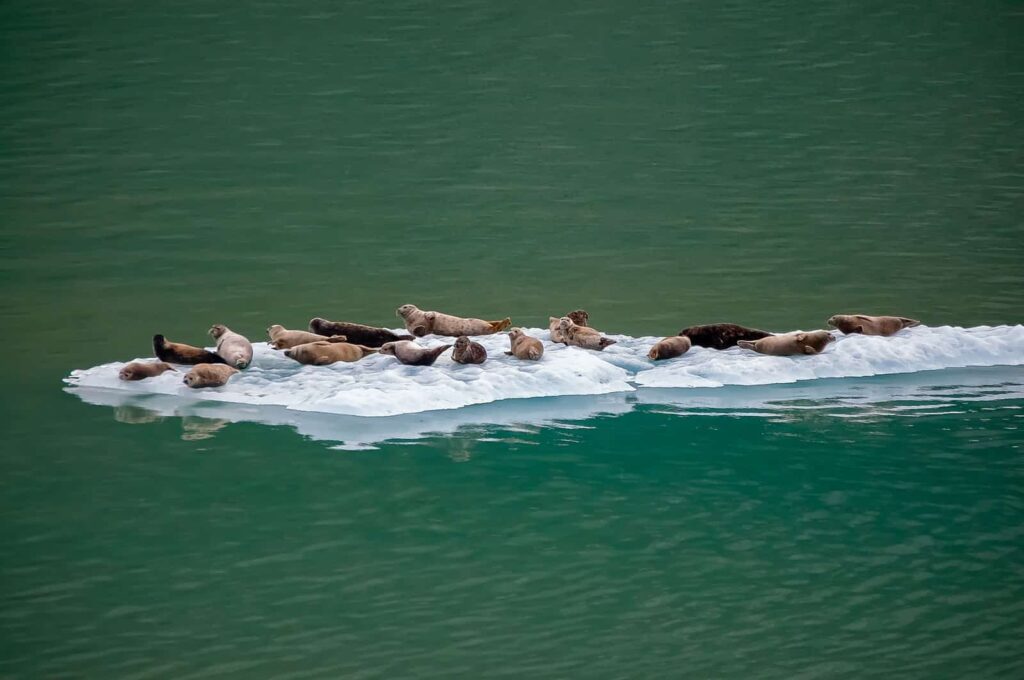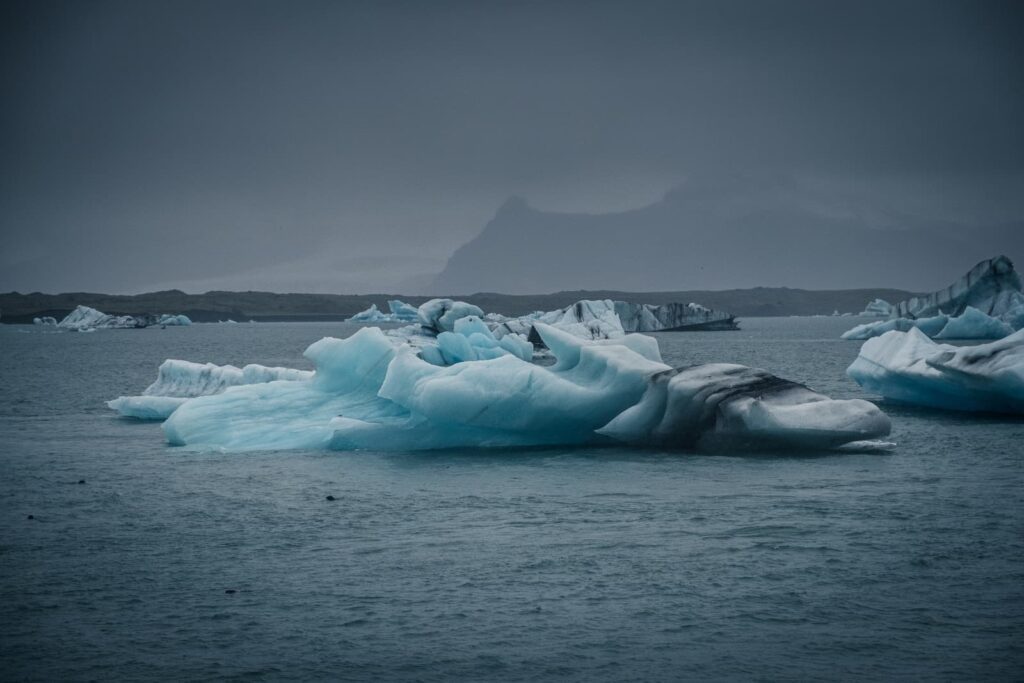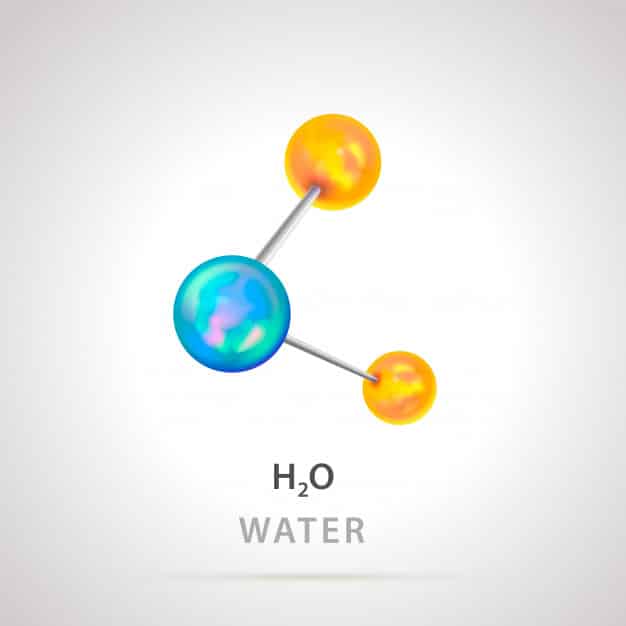It simply does not make sense. We illustrate how water and ice communicate using basic science.
It doesn’t matter if it’s the new country-sized iceberg to break off from the Antarctic or a small cube gradually melting away and keeping your drink cold in the process – ice floats!

It’s such a common occurrence that rarely does anyone seem to think about it. Even if you take the time to think about it, you’ll be left with a lot of questions, such as “Isn’t ice a solid and thus heavier than a liquid?” or “If no other solid floats on the surface of its liquid state, what distinguishes ice?”
There are some wise and intriguing questions that this article will answer. Water is possibly the most amazing substance on the planet. You’re bound to appreciate its beauty even more once you’ve learned the explanation for its solid form’s buoyancy.

Floating vs. sinking
The density of an object decides whether or not it sinks or floats. A floating material or substance is less compact (has less weight) than the other components of a mixture. Therefore, as an object floats, it displaces an equivalent weight of fluid.
This definition is explained using a bucket of water and a few rocks. When you throw rocks into a bucket of water, they will sink. This is because the rocks are denser than the water, so they displace or force it.
What causes ice to float?
Density is a substance’s mass per unit volume (density = mass/volume). As the volume of a given substance increases, the density decreases.
So, because ice is less dense than water, it floats.
- Water has a density of 1.0 gm/cm3.
- Ice has a density of 0.931 gm/ cm3.
Because of the hydrogen bonds produced when water freezes into ice, the molecules are spread farther apart, enabling them to take up more space, lower total density, and float in water.
Since solid objects are denser and have more weight than liquids – and ice is a solid – one might assume that ice would sink in water. However, this is not the case! So what is it about ice that allows it to float? Believe it; ice is around 9% less dense than water. Since water is heavier than ice, it displaces the lighter ice, allowing it to float to the surface.
Liquids and solids density comparison
Solids have a higher density than liquids.
- Since water is a liquid, it should have a lower density than ice, which is a solid. While ice is solid, it has a cage-like structure, which results in several empty spaces between its particles.
- These spaces are wider than the spaces that exist between water particles. As a result, the amount of ice is greater than the volume of water for a given mass of water.
- As a consequence, ice has a lower density than water. A substance with a much lower density than water can float on water. As a result, ice floats on the water’s surface.
Contrary to popular belief
Since Archimedes’ fateful “Eureka!” about 2,200 years ago, we have better understood the liquid displacement theory.
It states that if the mass of the liquid it displaces is greater than the mass of the displaced liquid, a denser solid than the liquid put in will sink.
So, if you put a solid object in water, such as a baseball, it would fall to the bottom of the bucket since it is heavier than the displaced water.
This idea applies to the vast majority of materials and their various states as well – if you throw a solid piece of iron into a crucible of liquid iron, it will sink because the solid form is denser than the liquid form.
It is not the same as water, but why is this so? The displacement of water by ice is somewhat different.

A perplexing anomaly
To answer the question, we’ll need to look at the structure of water at the atomic level. We learned in middle school that water, or H2O, is a chemical with two hydrogen atoms and one oxygen atom held together by a covalent bond. This bond occurs between two nonmetal elements and is difficult to sever independently.
Furthermore, water molecules contain two strong poles – one emitted by hydrogen and one by oxygen. Because of the distinct polarity of water molecules, the oxygen portion of one water molecule is drawn to the hydrogen side. The hydrogen bond is a strong attraction that adds an extra layer of cohesion to the overall structure of water.
This principle becomes relevant as the water molecules begin to cool. Water operates on the same principle as other matter: the space between individual molecules shrinks as it cools. And, at about 4° Celsius, something happens: water enters its densest state and then becomes less dense as it gets closer to the freezing point.

Another interesting thing about the water molecule that many of us have overlooked is that the angle between the two hydrogen atoms is approximately 104.5 degrees. As a result, one side of the molecule, the smaller side, is positively charged, while the other, the larger side, is negatively charged due to an oxygen atom.
Because two-thirds of the molecule is charged this way, they are more likely to be exposed to the same charge as an adjacent molecule. However, this isn’t a concern until the temperature reaches 4° Celsius, at which point the oxygen atoms are as similar as their charge allows.
The covalent bond is more easily split and reestablished at higher temperatures. Cooling water reduces the density and the activity of individual molecules. When the water temperature exceeds 0° Celsius, the hydrogen bond arranges the water molecules to avoid further drifting apart and settle into a cohesive crystal structure known as ice.

Since ice is a little less dense than water, the mass of the water on which it floats is greater than its own, causing buoyancy. This also addresses why ice never forms at the bottom of bodies of water but rather on their surface. Instead, the densest waterfalls flow down to the bottom, preventing fish and other living things from freezing to death during the colder months.
Frequently asked questions
Is it possible to stop the expansion of ice?
At a temperature of around 4°C, water is at its densest. Cooling it further causes it to expand again, and by the time it has fully solidified into ice, its volume has risen by around 9%. This expanding ice exerts enormous pressure, but it is not infinite.
Ice has a bulk modulus of about 8.8 x 109 pascals. This implies that if you seal and freeze a full container of water, the pressure on the container’s sides will be about 790 megapascals or approximately 114,000 pounds per square inch.
That’s 7,800 atmospheres, and no substance on earth can withstand the pressures produced, according to Professor Martin Chaplin at the London South Bank University, the world’s leading expert on the properties of this peculiar substance. –Robert Matthews
Is seawater-made ice any different?
While seeing a frozen ocean is less common than seeing a frozen lake, seawater does freeze as well.
The idea is similar, but the temperature must be colder for it to happen because the salt in seawater decreases its freezing point to around -2° Celsius. As a result, the ice that emerges from seawater does not contain a lot of salt. The salt content is so low that you can drink it if no fresh water is available.
Are there exceptions?
Although ordinary water and ice obey the principles outlined above, deuterium or heavy water does not. It is denser than normal water when infused with deuterium, a hydrogen isotope with an extra neutron. Ice formed from heavy water sinks in ordinary water and did not float in heavy water.
Conclusion
It’s interesting how ice floats on water; it’s one of nature’s oddities and basic phenomena that form life as we know it.
Without the unnatural behavior of ice, the earth’s lakes, rivers, and ocean bottoms will be lonely. As if that wasn’t strange enough, there would be no ice caps because they would sink, destroying entire ecosystems and most of the earth’s ability to regulate temperature and reflect light. So it’s a good thing that certain substances defy the rules. Don’t you think so?

Jay
Jay is a health and wellness enthusiast with expertise in water quality and nutrition. As a knowledgeable advocate for holistic well-being, Jay successfully manages Type 2 Diabetes through informed lifestyle choices. Committed to sharing reliable and authoritative insights, Jay combines firsthand experience with a passion for enhancing health."
